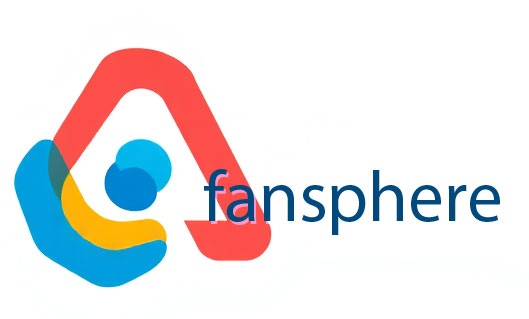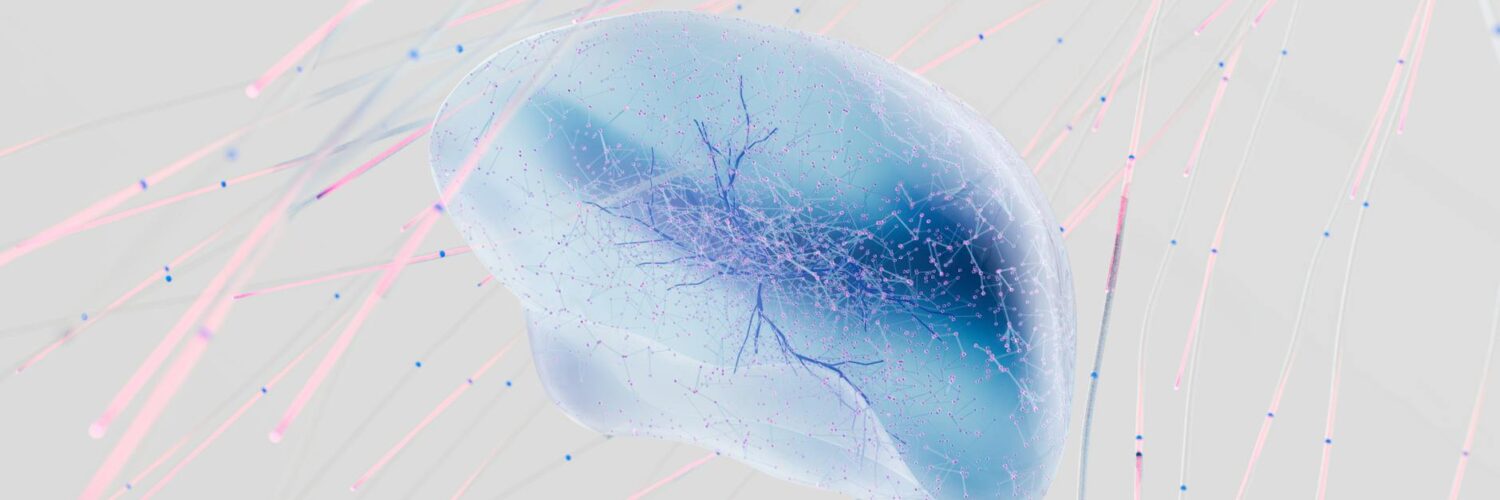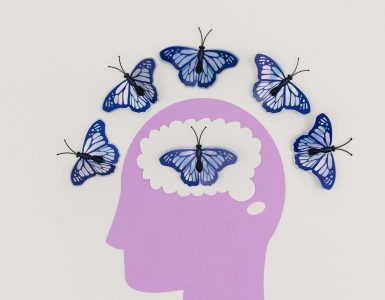Ever wondered why you sometimes make decisions that seem completely illogical, even to yourself? Or why you’re drawn to certain people and repelled by others, seemingly without reason? The human mind is a fascinating, often bewildering, place. It’s a complex interplay of conscious thought, unconscious biases, and deeply ingrained patterns that shape every aspect of our lives, from our smallest choices to our most significant relationships.
The Illusion of Control: The Planning Fallacy
We like to think we’re in control. We meticulously plan projects, setting realistic deadlines (or so we think). But the “planning fallacy” often throws a wrench in our carefully laid plans. This cognitive bias leads us to consistently underestimate how long tasks will take, regardless of past experience. Why? Because we tend to focus on the best-case scenario, overlooking potential obstacles and setbacks. This happens even when we’re aware of the fallacy! Think about your last home renovation project, or even just writing a simple essay. Did it take longer than you anticipated? Chances are, yes.
The Power of Suggestion: The Placebo Effect
The placebo effect is a powerful testament to the mind’s ability to influence the body. A placebo – a sugar pill or inert treatment – can surprisingly alleviate symptoms in some individuals, simply because they *believe* it will work. This isn’t just about pain relief; studies show placebo effects in various conditions from Parkinson’s disease to depression. While the mechanisms aren’t fully understood, it highlights the crucial role of expectation and belief in our health and well-being. The mind isn’t just separate from the body; it profoundly impacts it.
The Chameleon Effect: Mirroring and Connection
Have you ever noticed how you unconsciously mimic the posture, gestures, or even speech patterns of people you’re interacting with? This is the chameleon effect, a subtle form of social mirroring that strengthens social bonds. Research shows that people who unconsciously mirror each other are more likely to like each other and have more successful interactions. It’s a subconscious way we connect and build rapport, showing empathy and understanding without even realizing it. Next time you’re in a conversation, pay attention to how you and the other person are mirroring each other.
L'effet du spectateur : La diffusion de la responsabilité
The bystander effect is a chilling demonstration of how social dynamics can override our sense of individual responsibility. The more people present in an emergency, the less likely any single person is to intervene. This isn’t necessarily due to lack of empathy; it’s a diffusion of responsibility. Everyone assumes someone else will take action, leading to inaction by all. The infamous Kitty Genovese murder tragically highlighted this phenomenon. Understanding the bystander effect is crucial for promoting helping behavior and combating apathy in emergency situations.
Cognitive Dissonance: The Mind’s Balancing Act
We all strive for internal consistency. When our beliefs clash with our actions, it creates an uncomfortable state called cognitive dissonance. To reduce this discomfort, we often rationalize our actions, even if it means distorting reality. For example, a smoker might downplay the health risks of smoking to justify their habit. Understanding cognitive dissonance can help us become more self-aware and less prone to justifying harmful behaviors.
Confirmation Bias: Seeing What We Want to See
Confirmation bias is a sneaky bias that leads us to favor information that confirms our pre-existing beliefs and ignore information that contradicts them. This can affect everything from political opinions to health choices. For instance, if you believe a particular political candidate is dishonest, you’re more likely to focus on news stories that support that belief and dismiss evidence to the contrary. It’s crucial to actively seek out diverse perspectives and challenge our own biases to avoid forming inaccurate or incomplete understandings of the world.
The Halo Effect: One Good Trait, Many Assumptions
The halo effect describes our tendency to assume that someone who possesses one positive trait also possesses other positive traits. If we find someone attractive, we might also assume they’re intelligent, kind, and successful. This can lead to unfair judgments and inaccurate assessments of individuals. While first impressions are important, it’s essential to avoid making sweeping generalizations based on limited information.
The Availability Heuristic: Recency and Vividness
The availability heuristic explains why we overestimate the likelihood of events that are easily recalled, often because they’re recent or vivid. For example, after seeing news reports about a plane crash, we might be more fearful of flying, even though statistically, flying is incredibly safe. Our brains are wired to prioritize easily accessible information, even if it’s not the most representative. Les architectes invisibles : Révéler les conceptions inattendues de notre esprit
The Endowment Effect: What’s Mine is More Valuable
The endowment effect is our tendency to place a higher value on something simply because we own it. This explains why we often overvalue our possessions when we consider selling them. It’s not just about monetary value; it applies to intangible things too, like our opinions or commitments. Understanding this effect can be useful in negotiations and decision-making.
The human mind is a complex and often contradictory entity. By understanding these hidden patterns in how we think, feel, and act, we can gain valuable insights into ourselves and the world around us. We can become more self-aware, make better decisions, and build stronger relationships. The journey of understanding the human mind is a lifelong one, full of insightful discoveries and surprising revelations.

























Ajouter un commentaire